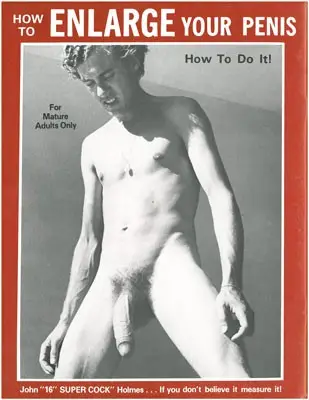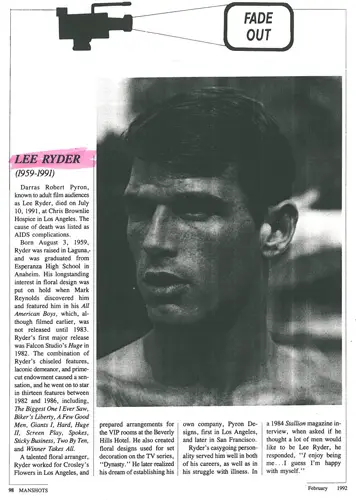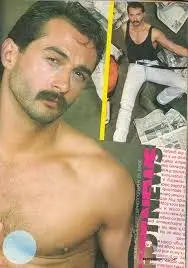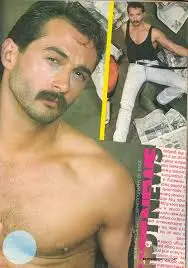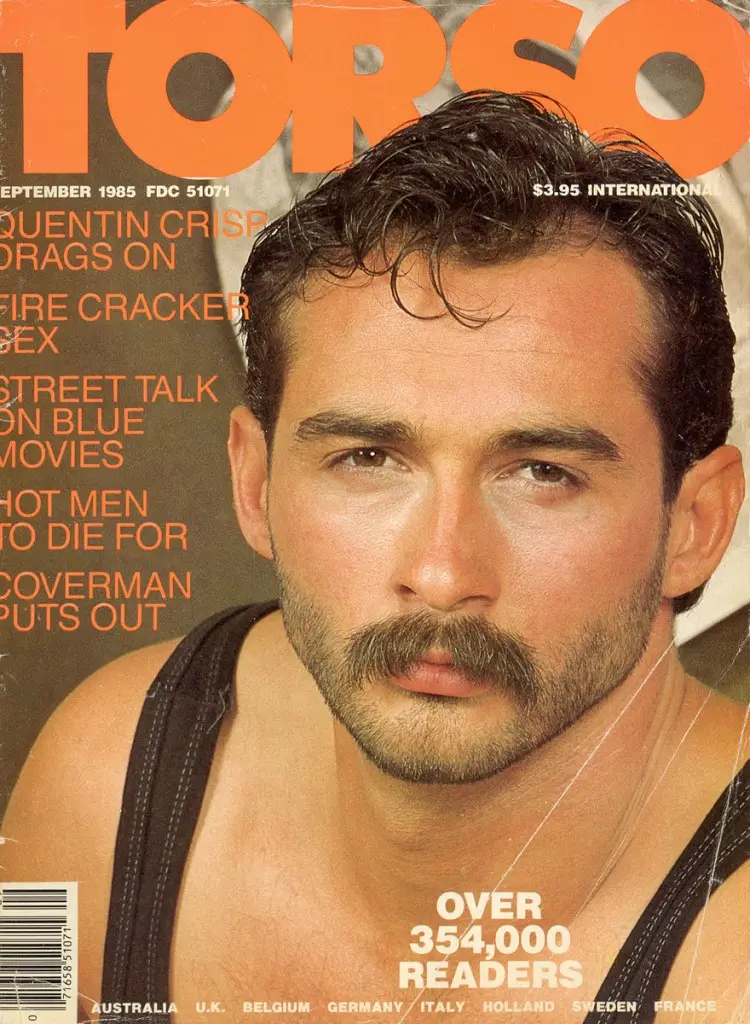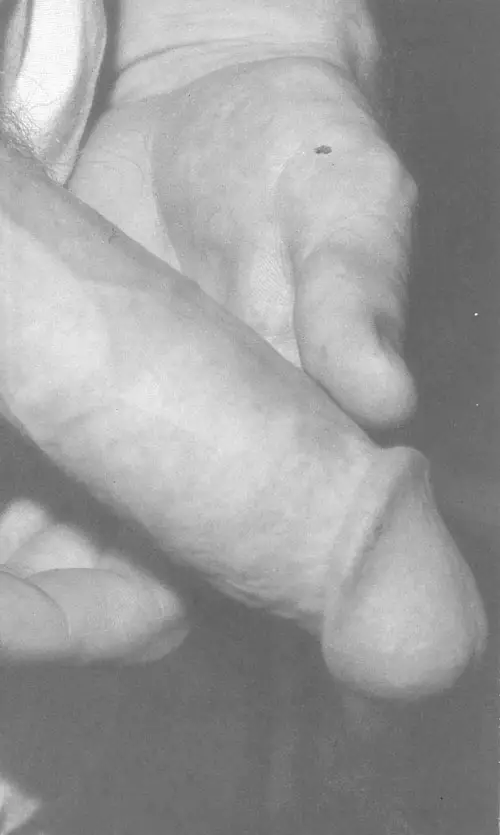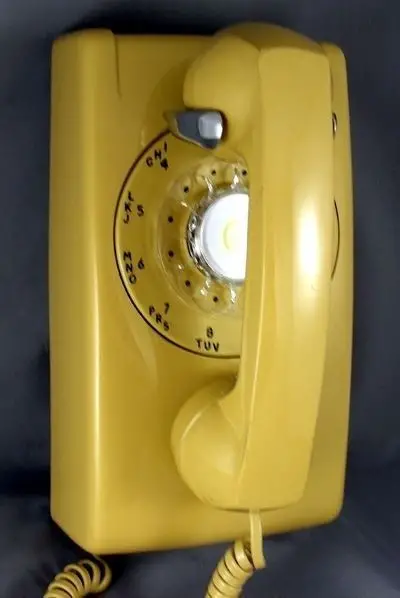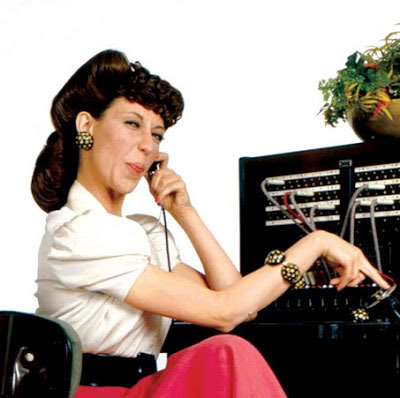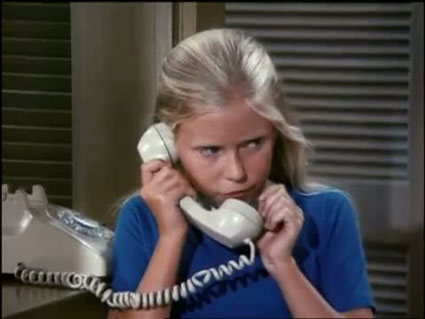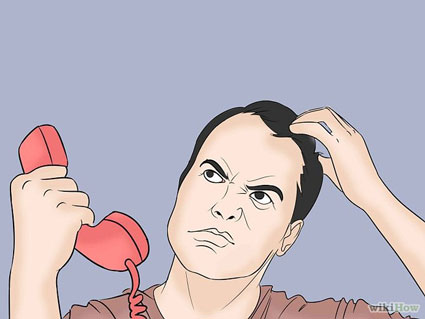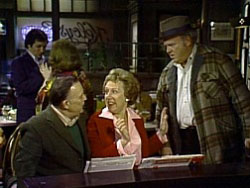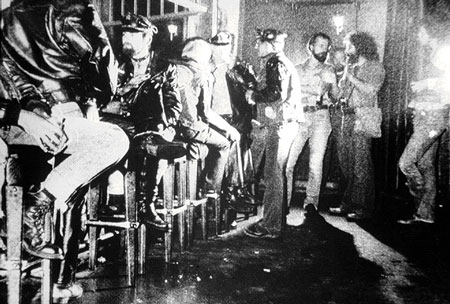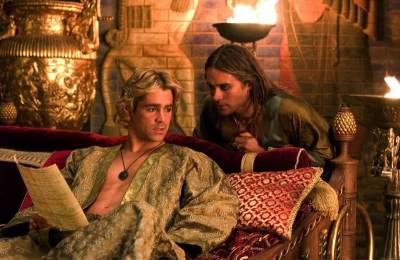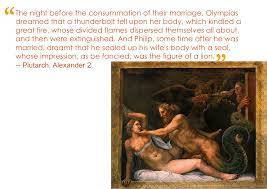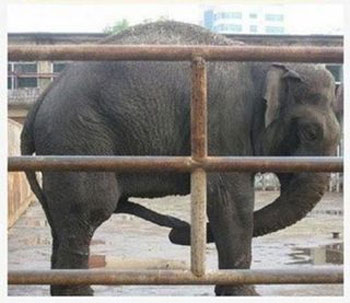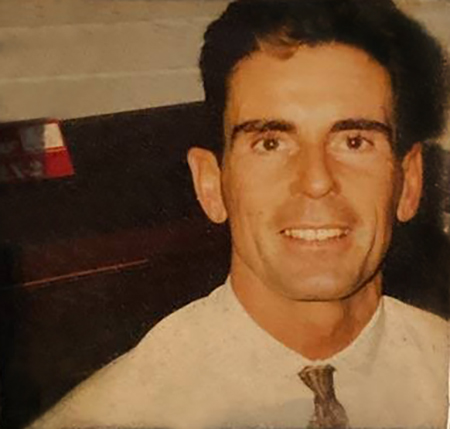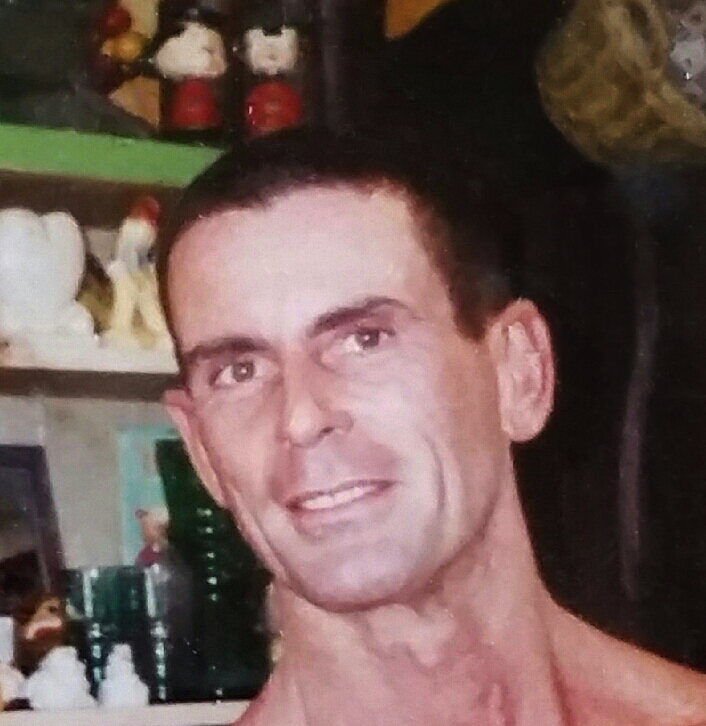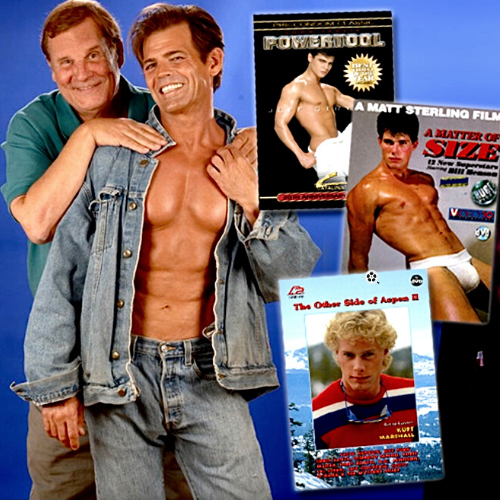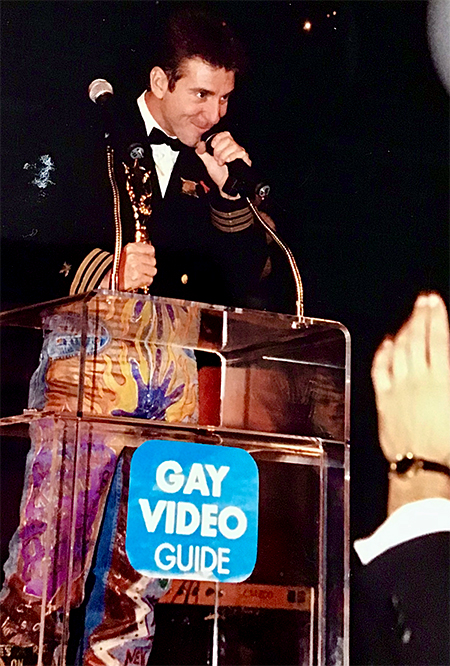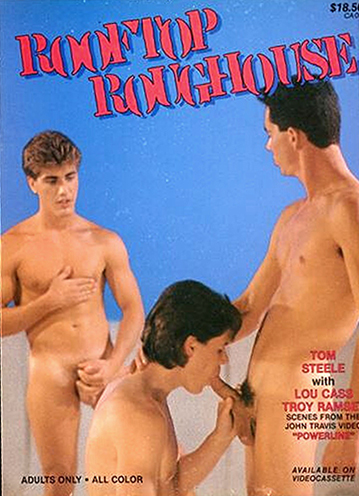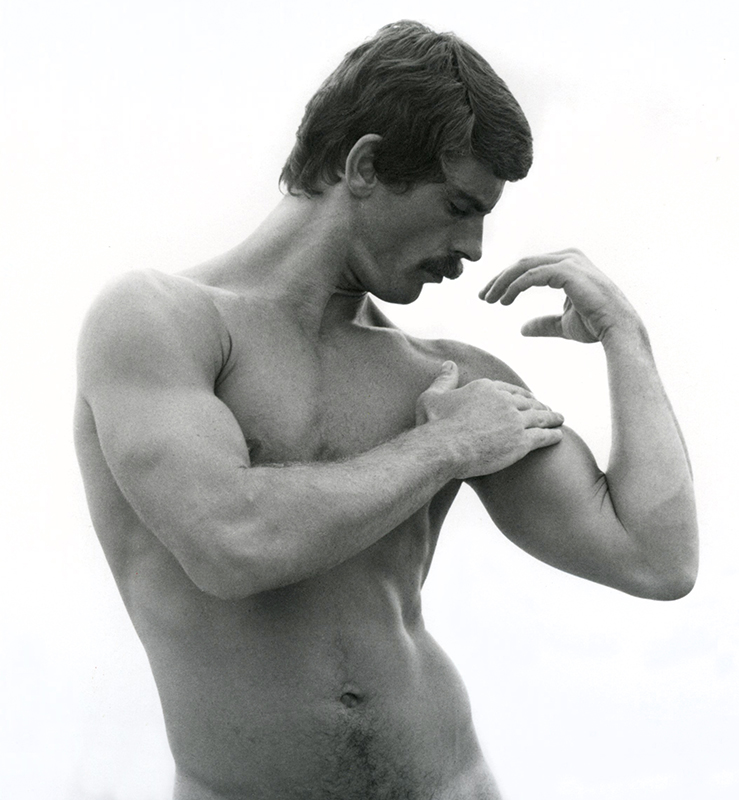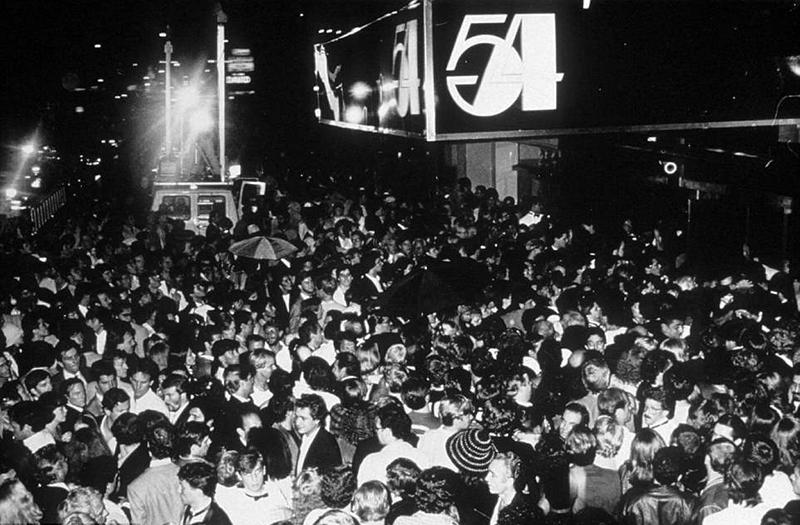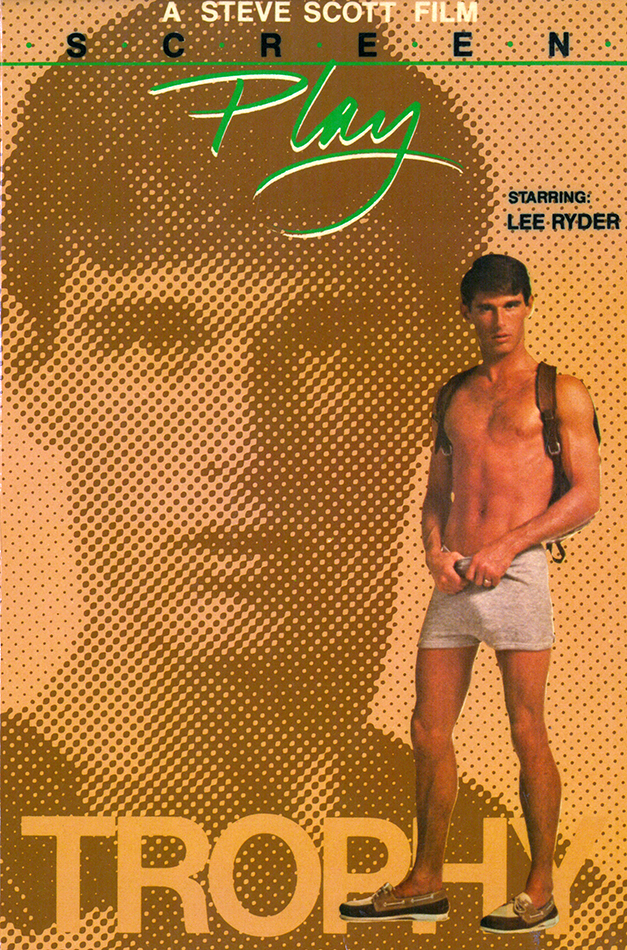By Josh Eliot
Who doesn’t like a good road trip? Our very first one for the Catalina Crew was when we drove from L.A. to San Francisco in 1992 to shoot a movie called Easy Riders. Randy White and Bill Marlowe headed the cast, and we shot their scene in the downtown flat my producer Scott Masters (Nova Video) rented for us. I lived in San Francisco from 1980 to 1989 until Catalina closed their studio and moved me, with them, back to Los Angeles. Since my producer did not join us on this trip, I took advantage of leaving his watchful eye back in L.A. and cast a bunch of my San Francisco friends as extras in the movie. I would typically turn in a very generic script for Masters to approve and then on shoot days I would bring my real script to set. Nothing malicious, he was just from a different generation and had a hard time seeing my vision on things. The version I showed him did not have the sequence I was shooting with my friends and Randy White. We found an amazing spot with the Golden Gate Bridge in the background and shot the “movie within a movie” scene. A ranger came by and asked us if we had a permit, but when I told him we were students from the Art Institute working on a class project, he said to have a good time and let us continue. My San Francisco friends, the crew and I drank quite a bit the night before on Castro Street and we were all pretty hung over. We were all still in our 20s, and when the producer's away, the kids will play.
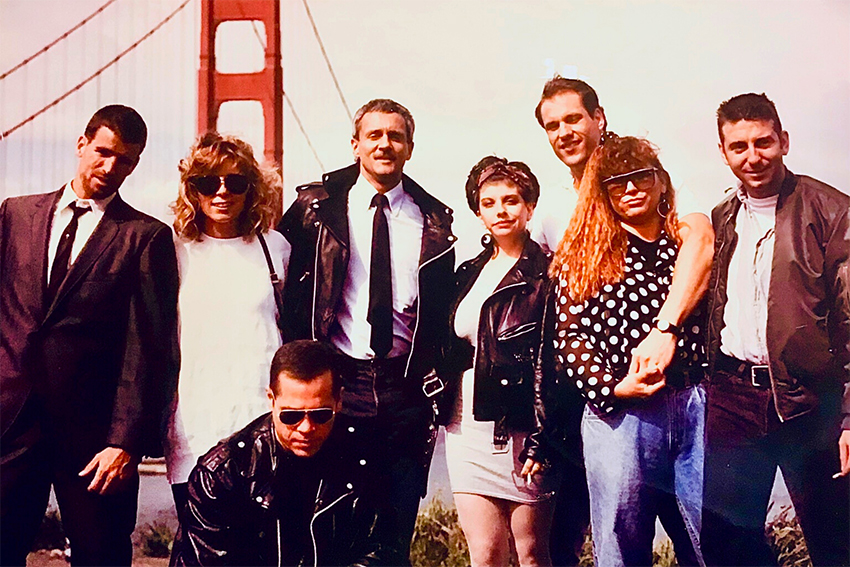
Josh Eliot and friends with Randy White
From San Francisco, we went to the Russian River in Guerneville (Sonoma County). We checked into the Fifes Resort and the gracious owners told us to do whatever we wanted to as far as filming. We had free roam to film fuck scenes anywhere, any place, any time. Midweek, Chi Chi LaRue drove into town from L.A. with more models for the additional scenes we needed to shoot. Chi Chi worked in the marketing department for Catalina at the time and was not directing yet. I recall she came to get familiar with how we shoot the scenes. The first night, we all ended up at the Rainbow Cattle Company in the middle of Main Street and again we “Tied One On.” The River is very rural and “hillbilly-ish,” but a gay mecca at the same time. A very interesting combination. While walking down Main Street to the restaurant for dinner, Chi Chi was in full drag and acting out. It was like that scene from John Waters' Pink Flamingos where Divine is walking through downtown Baltimore to the song “The Girl Can’t Help It.”
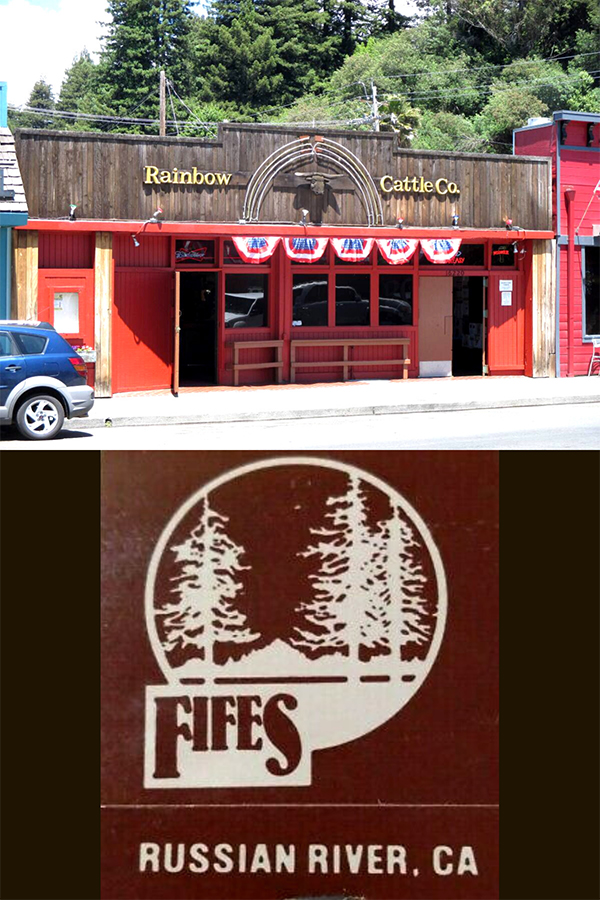
Rainbow Cattle and Fifes Russian River
The next couple of days, the filming went great, but we were definitely hung over (again!) so it was “slight” torture. I got the idea to write an additional scene featuring Chi Chi as the town drunk wandering through the forest. It was taboo in my producer’s eyes to include a scene like this featuring a drag queen, and trust me, I never stopped hearing about it once he saw it in the final cut. I don’t mean to rag on Scott Masters, as I have such great memories of our time working together and I learned so much from him in the process. I will dedicate an article to him soon. It’s just that he wasn’t exactly flexible and I was still in my rebellious stage, wanting to see how far I could push things.
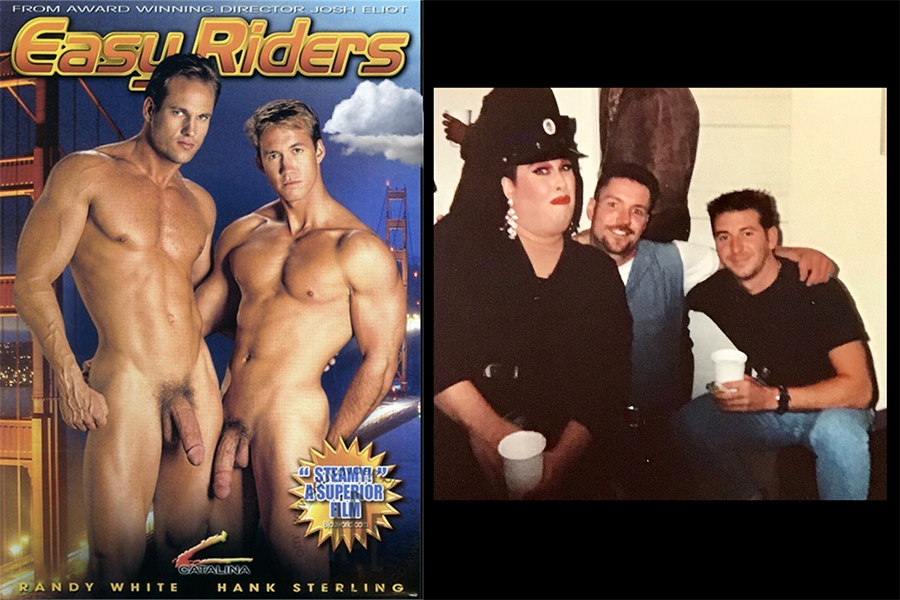
Easy Riders poster and Chi Chi LaRue with Josh Eliot on set
Later that night, the cast and crew ended up at the Rusty Nail Bar just outside of town. Chi Chi was ruling the place, as always, and we were all two sheets to the wind. There was this hot guy in a brown pick up truck I spotted when we arrived who was staring me down from across the bar. I had my liquid courage, so I started talking to him. Before I knew it, I was tossing the van keys to Orlando Bello (my 2nd Videographer) so he could drive everyone back to the resort. Suddenly, I was zooming down a dirt road in the passenger seat of that brown pick-up truck. That dirt road turned into something that no longer looked like a road, but still we kept driving. It felt like we were going straight up a mountain and I was being tossed around like a ragdoll. This is where my nerves kicked in. I was very uneasy and thought, oh shit, this guy’s a serial killer and I’ve made a huge mistake. I tried not to freak out, but inside I was tripping. The drive lasted forever when we finally got to level ground. I could tell the elevation was high even through everything outside was pitch black. We passed what looked like a shanty shed, then drove another 500 or so feet, when we came to a stop. It was another shanty looking building. We got out and went inside. It was definitely a homemade shack but it had generator power, some bits of furniture and a TV/VCR with porn tapes lying around. How appropriate! I’m not going to get graphic, but the sex was amazing. This guy was hot and handsome with abs to die for. Well, hopefully not. I realized he was just a hot corn-fed hick with a killer piece, but it wasn’t made of metal, it was between his legs.
In the morning, we woke up, did it again, then he offered me a shower before taking me back to the Fifes Resort. The shower was a bit of walk outside and up a hill, consisting of a cinderblock base and a garden hose that spewed out freezing cold mountain stream water. As I was shivering through my shower, I looked off in the distance and now everything made sense. A field of dreams, if you will. Marijuana growing as far as you could see. I was smack dab In the middle of a pot farm. When I got back to the resort, Orlando was a bit pissed at me because I ditched them all, leaving him to buy the drinks. I told him I would pay him back from the budget. He was happy and said, “So how was it?” I replied, “You tell me,” as I pulled a gallon sized Ziplock bag stuffed with weed out of a brown paper bag. A gift given to me before I left the “farm.” He was thrilled, all was forgiven and we lit up before going to shoot our final scene in the bunkhouse with Tom Farrell and Adam Archer. (The best scene in the movie, I might add.)
The point of all this? Easy Riders went on to win Best Picture at the Grabby Awards in 1993, so I guess being stoned, hung over or tipsy when shooting a porn movie didn’t turn out so bad.
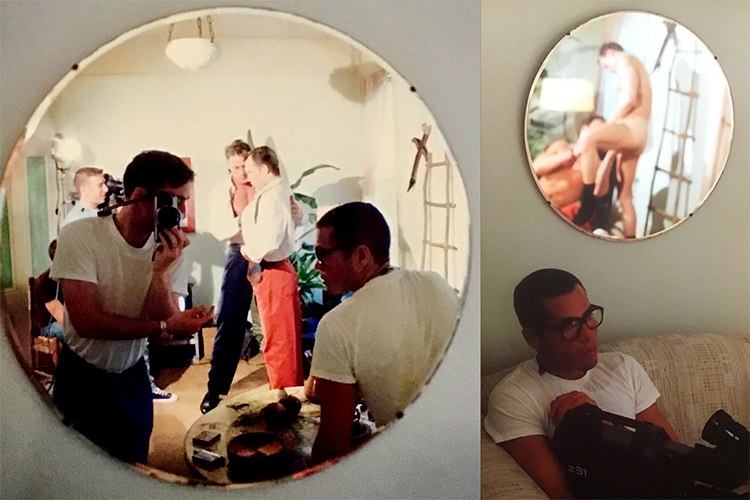
Josh Eliot, Jeff, Randy White, Bill Marlowe and Orlando on the Easy Riders set
Thank you to Josh Eliot for use of the photos.
Bio of Josh Eliot:
At the age of 25 in 1987, Josh Eliot was hired by Catalina Video by John Travis (Brentwood Video) and Scott Masters (Nova Video). Travis trained Eliot on his style of videography and mentored him on the art of directing. Josh directed his first movie, Runaways, in 1987. By 2009 when Josh parted ways with Catalina Video, he'd produced and directed hundreds of features and won numerous awards for Best Screenplay, Videography, Editing, and Directing. He was entered into the GayVN Hall of fame in 2002.
You can read Josh Eliot's previous blogs for Bijou here:
Coming out of my WET SHORTS
FRANK ROSS, The Boss
Our CALIGULA Moment
That BUTTHOLE Just Winked at Me!
DREAMLAND: The Other Place
A Salty Fuck in Saugatuck
Somebody, Call a FLUFFER!
The Late Great JOHN TRAVIS, My POWERTOOL Mentor

